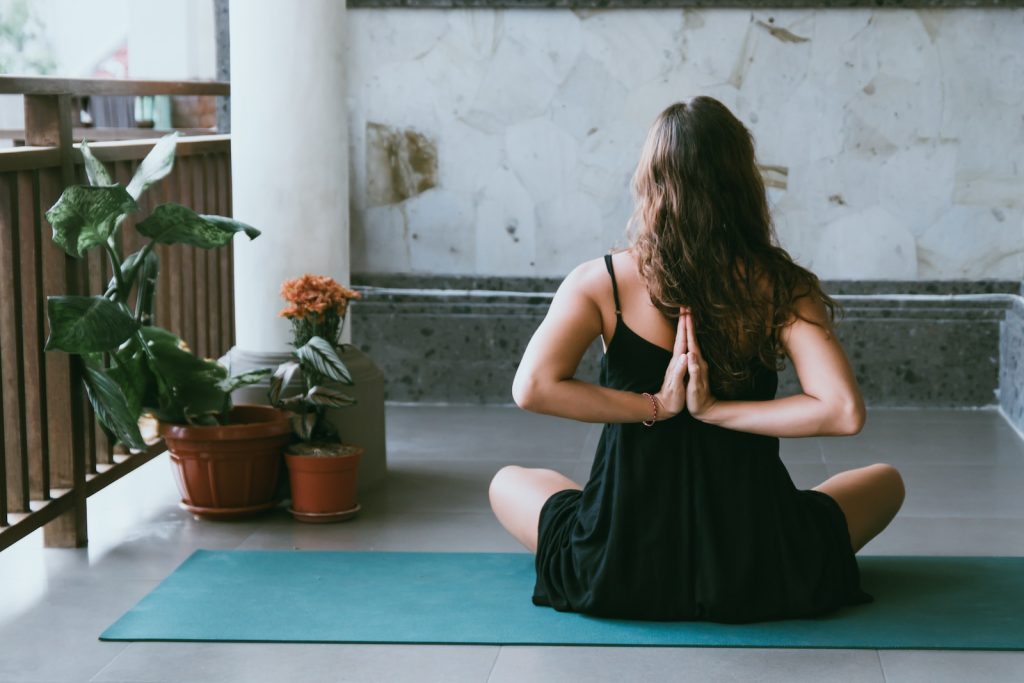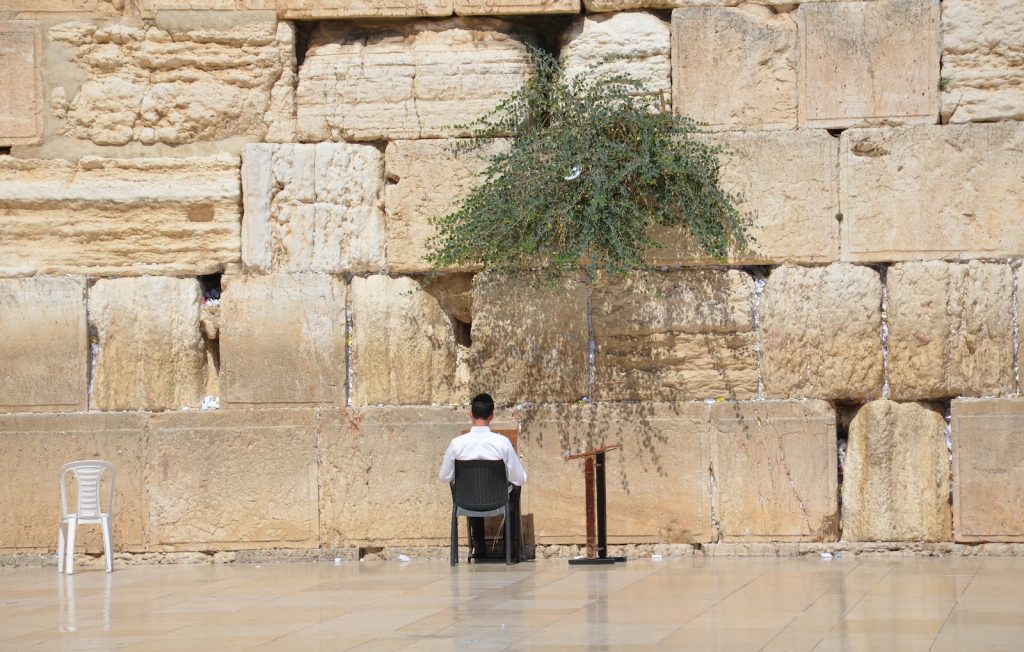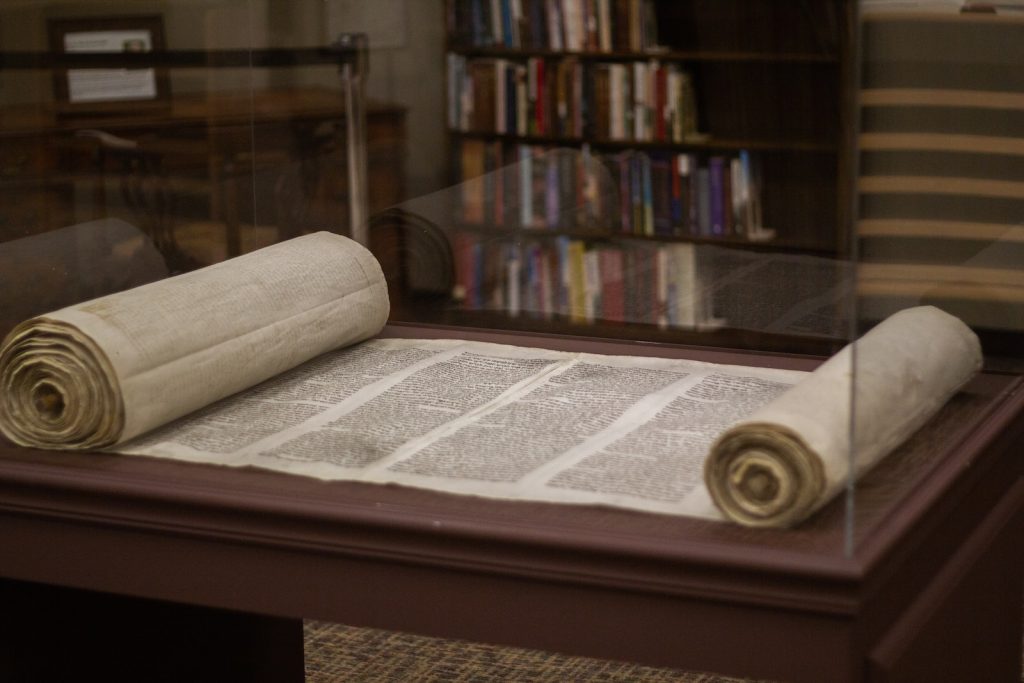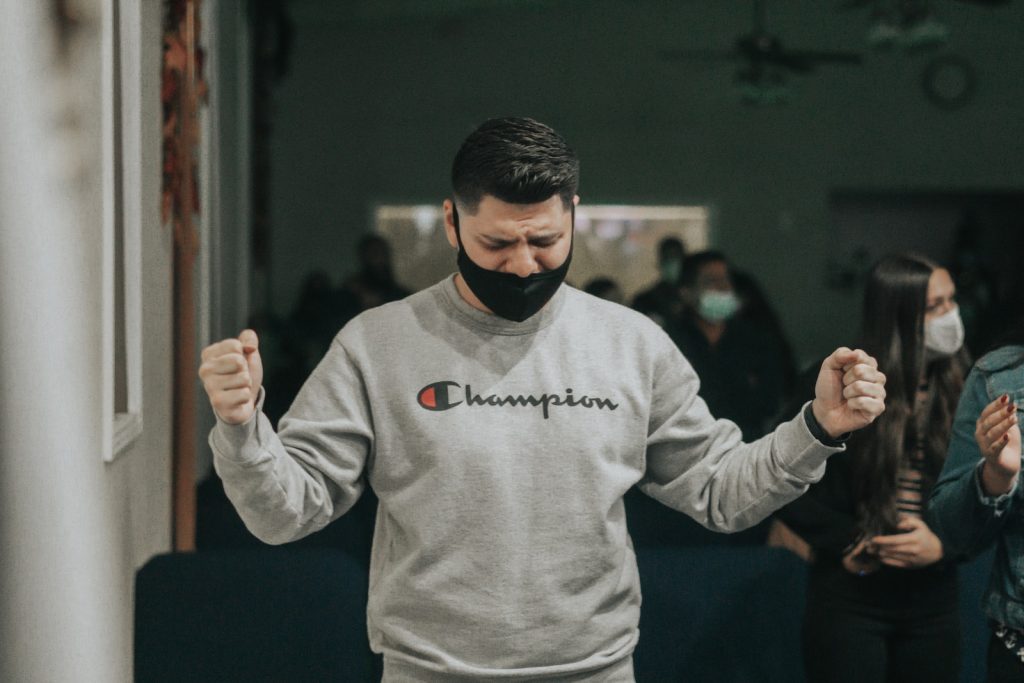Mudras, or hand gestures, have been an important part of spiritual practices in various cultures for centuries. These gestures are believed to have the power to influence the flow of energy in the body and enhance one’s spiritual experience. In recent years, mudras have gained popularity in the West as a form of alternative therapy and self-care.

However, understanding the historical evolution and spiritual significance of mudras can deepen one’s appreciation and practice of these powerful gestures. From ancient Indian texts to Buddhist and Taoist traditions, mudras have been used for a variety of purposes, including healing, meditation, and communication with the divine. By unlocking the secrets of mudras, one can gain insight into the rich cultural and spiritual heritage of these hand gestures and harness their transformative power.
Origins of Mudras

Ancient India and Mudra Beginnings
Mudras have been a part of Indian culture and spirituality for thousands of years. The earliest references to mudras can be found in the ancient Hindu scriptures known as the Vedas, which date back to around 1500 BCE. In these texts, mudras were used as a means of communication between humans and the gods.
According to Hindu mythology, the god Shiva is credited with the creation of mudras. It is said that he used mudras to convey different meanings and emotions to his followers. Over time, mudras evolved into a system of hand gestures that were used in religious rituals and ceremonies.
Cultural Expansion and Adaptation
As Indian culture and spirituality spread throughout Asia, mudras were adapted and incorporated into other belief systems. For example, in Buddhism, mudras were used as a means of meditation and were believed to help the practitioner achieve a higher state of consciousness.
In Japan, mudras were incorporated into martial arts such as karate and aikido. In these practices, mudras were used as a means of focusing the mind and channeling energy.
Today, mudras continue to be an important part of many spiritual practices around the world. They are often used in yoga and meditation, and are believed to have a wide range of physical, mental, and spiritual benefits.
Types of Mudras

Hand Gestures
Hand gestures or Hasta Mudras are the most common types of mudras. These mudras involve the use of fingers and palms to create specific shapes. Each shape has a different meaning and purpose. For example, the Gyan mudra, formed by touching the tip of the index finger to the tip of the thumb, is believed to enhance concentration and memory.
Other popular hand mudras include the Abhaya mudra, which signifies fearlessness and protection, and the Varada mudra, which represents compassion and charity.
Body Gestures
Body gestures or Kaya Mudras involve the use of the entire body to create specific postures. These mudras are often used in yoga and meditation practices to promote physical and mental well-being. For example, the Vajrasana or the Diamond Pose is a popular body mudra that helps to improve digestion and relieve stress.
Other common body mudras include the Padmasana or the Lotus Pose, which is believed to promote spiritual awakening, and the Tadasana or the Mountain Pose, which helps to improve posture and balance.
Eye Gestures
Eye gestures or Drishti Mudras involve the use of eye movements to focus the mind and enhance concentration. These mudras are commonly used in meditation and yoga practices. For example, the Nasikagra Drishti mudra, which involves focusing the eyes on the tip of the nose, is believed to improve concentration and memory.
Other popular eye mudras include the Shanmukhi Mudra, which involves closing the ears with the thumbs, and the Shambhavi Mudra, which involves gazing at the space between the eyebrows.
Overall, mudras are powerful tools that can help to unlock the secrets of the mind and body. By understanding the different types of mudras and their spiritual significance, one can tap into their full potential and achieve greater levels of well-being and enlightenment.
Mudras in Spiritual Practices

Mudras have been an integral part of spiritual practices in various traditions for centuries. They are believed to have a significant impact on the mind, body, and spirit, and are often used to facilitate the flow of energy in the body. Here are some examples of how mudras are used in different spiritual traditions.
Hinduism
In Hinduism, mudras are used in both religious and secular contexts. They are commonly used in ritualistic worship, where they are believed to help the worshipper connect with the divine. Mudras are also used in yoga and meditation to help the practitioner achieve a deeper state of awareness and concentration.
One of the most well-known mudras in Hinduism is the Anjali mudra, which is commonly used as a gesture of greeting or respect. It involves pressing the palms together in front of the chest, with the fingers pointing upwards. This mudra is believed to help balance the right and left sides of the brain and promote a sense of calm and inner peace.
Buddhism
In Buddhism, mudras are used in both religious and artistic contexts. They are often depicted in Buddhist art, where they are used to convey specific meanings and symbolize different aspects of the Buddha’s teachings.
Mudras are also used in meditation and mindfulness practices in Buddhism. One of the most popular mudras in Buddhism is the Dhyana mudra, which is used to promote concentration and inner peace. It involves placing the hands in the lap, with the right hand resting on top of the left, and the thumbs touching to form a triangle.
Yoga and Meditation
Mudras are an essential part of yoga and meditation practices. They are used to help the practitioner achieve a deeper state of awareness and concentration, and to facilitate the flow of energy in the body.
In yoga, mudras are often used in conjunction with specific postures (asanas) and breathing techniques (pranayama). For example, the Gyan mudra is often used in the lotus pose (Padmasana) to promote concentration and mental clarity. This mudra involves touching the tip of the index finger to the tip of the thumb, with the other three fingers extended.
In meditation, mudras are used to help the practitioner achieve a deeper state of relaxation and concentration. The Chin mudra, for example, is often used in seated meditation to promote a sense of inner peace and stillness. This mudra involves touching the tip of the index finger to the tip of the thumb, with the other three fingers extended and relaxed.
Mudras and Modern Wellness

Therapeutic Uses
Mudras have been used for centuries as a form of therapy to promote physical and mental well-being. The practice of mudras is believed to stimulate the flow of energy in the body and balance the chakras, which can help to alleviate physical and emotional ailments.
Some of the therapeutic uses of mudras include:
- Stress reduction
- Anxiety relief
- Pain management
- Improved sleep
- Digestive support
- Immune system support
Mudras in Contemporary Yoga
In recent years, mudras have become increasingly popular in contemporary yoga practices. Many yoga instructors incorporate mudras into their classes as a way to deepen the mind-body connection and enhance the overall yoga experience.
Some of the most commonly used mudras in yoga include:
- Gyan mudra: This mudra is formed by touching the tip of the index finger to the tip of the thumb, while keeping the other three fingers extended. It is believed to promote mental clarity and wisdom.
- Anjali mudra: Also known as prayer pose, this mudra is formed by bringing the palms together in front of the heart center. It is often used as a gesture of gratitude and respect.
- Chin mudra: This mudra is formed by touching the tip of the index finger to the tip of the thumb, while keeping the other three fingers extended. It is believed to stimulate the flow of energy in the body and promote concentration.
Overall, mudras offer a simple yet powerful way to promote physical and mental well-being. Whether used as a form of therapy or incorporated into a yoga practice, mudras can help to enhance the mind-body connection and promote a sense of inner peace and harmony.
Interpreting Mudra Symbolism

Mudras are not just physical gestures but are also believed to have spiritual and philosophical meanings. Understanding the symbolism behind mudras can deepen one’s spiritual practice and enhance its effectiveness. Here are some philosophical meanings and practical implications of mudras:
Philosophical Meanings
- Unity: Mudras are believed to symbolize the unity of the individual with the divine. The joining of fingers or hands represents the merging of the individual self with the universal consciousness.
- Energy Flow: Mudras are also believed to regulate the flow of energy in the body. Each finger is associated with a particular element and energy flow, and by holding a mudra, one can balance and regulate the flow of these energies.
- Mental Focus: Mudras are believed to enhance mental focus and concentration. Holding a mudra can help calm the mind and promote a state of inner peace and stillness.
Practical Implications
- Healing: Mudras are used in many healing practices to promote physical and emotional healing. For example, the Gyan mudra is believed to promote mental clarity and alleviate stress and anxiety.
- Meditation: Mudras are commonly used in meditation practices to deepen one’s spiritual practice. Holding a mudra during meditation can help one to focus and enter a deeper state of consciousness.
- Yoga: Mudras are also used in yoga practices to enhance the effectiveness of certain postures and breathing techniques. For example, the Chin mudra is commonly used during pranayama (breathing) practices to enhance the flow of breath and energy.
Understanding the symbolism and practical implications of mudras can help individuals to deepen their spiritual practice and enhance their overall well-being. By incorporating mudras into their daily practice, individuals can experience the transformative power of these ancient spiritual practices.
Dr. Harlan Kilstein is a certified yoga teacher, hypnotherapist, and a teacher of the Law of Attraction since 1975.
After an immersion in yoga and his certification by the Yoga Alliance, he began studying mudras and invented Finger Healing.




